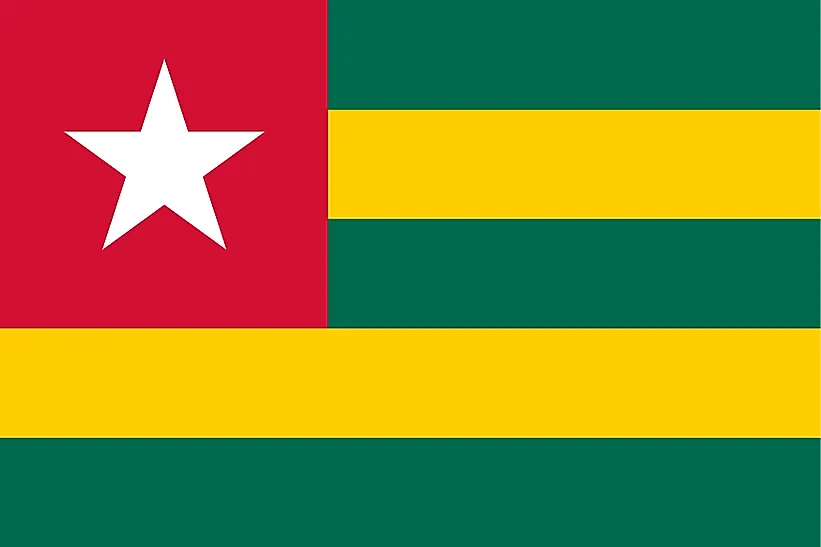
Togo
| Continent | Africa |
| Capital | Lome |
| Population | 7,756,937 |
| GDP | $11.61 Billion |
| GDP per Capita | $1,500 |
| Dialing Code | +228 |
| ISO Code (2-letter) | TG |
| ISO Code (3-letter) | TGO |
Togo Landscapes






About Togo
Welcome to Togo, a nation of cultural diversity and natural charm. With approximately 8.3 million people across 56,785 square kilometers, Togo combines rich traditions with vibrant modernity, standing as a narrow but diverse strip of West African heritage.
Geographic Features and Natural Beauty
Togo’s geography encompasses varied landscapes from coastal plains to northern savannas. The country features the Atakora Mountains, Lake Togo’s lagoon system, and a 56-kilometer coastline along the Gulf of Guinea.
The landscape includes tropical forests, savanna grasslands, and coastal ecosystems. The country’s varied terrain creates diverse habitats supporting unique wildlife and plant species.
Protected areas include Fazao Malfakassa National Park and the Keran National Park. The country’s commitment to conservation focuses on preserving its biodiversity while managing sustainable development.
Cultural Heritage and Traditions
Togolese culture represents a vibrant mix of over 40 ethnic groups. The country’s heritage includes traditional voodoo practices, distinctive architecture including the famous Tamberma houses, and rich artistic traditions.
Traditional arts include weaving, pottery, and bronze casting. Cultural practices feature voodoo ceremonies, traditional festivals, and the famous Evala wrestling festival.
Togolese cuisine reflects its diverse influences, featuring dishes like fufu, akume, and various sauces. The tradition of community celebration and respect for elders remains central to social life.
Historical Journey
Togo’s history spans from ancient settlements through German colonization to independence. The country was once known as “The Pearl of West Africa” during the German colonial period.
Significant periods include the pre-colonial kingdoms, German colonization (1884-1914), French administration, and independence in 1960. The country’s historical trading position has influenced its development.
Modern Economic Landscape
Today’s Togolese economy focuses on agriculture, phosphate mining, and services. The country serves as a regional trading hub with one of West Africa’s largest ports.
Recent initiatives emphasize infrastructure development, agricultural modernization, and digital transformation. Togo’s strategic location and port facilities support its role in regional commerce.
International Relations and Global Position
Togo maintains active participation in West African organizations while fostering global partnerships. The country’s stability and port facilities extend its regional significance.
Did You Know?
• Togo’s Tamberma Valley is a UNESCO World Heritage site?
• The country was the first African nation to win multiple Olympic medals?
• Lomé, the capital, was once known as the “Paris of West Africa”?
• Traditional voodoo practices remain an important part of cultural life?
Conclusion
Togo represents a unique combination of cultural diversity and economic potential. From its coastal plains to its northern mountains, from its traditional practices to its modern developments, Togo continues to evolve while preserving its cultural heritage. As it addresses challenges including economic development and environmental protection, Togo remains committed to progress while maintaining its position as a vibrant center of West African culture and commerce.